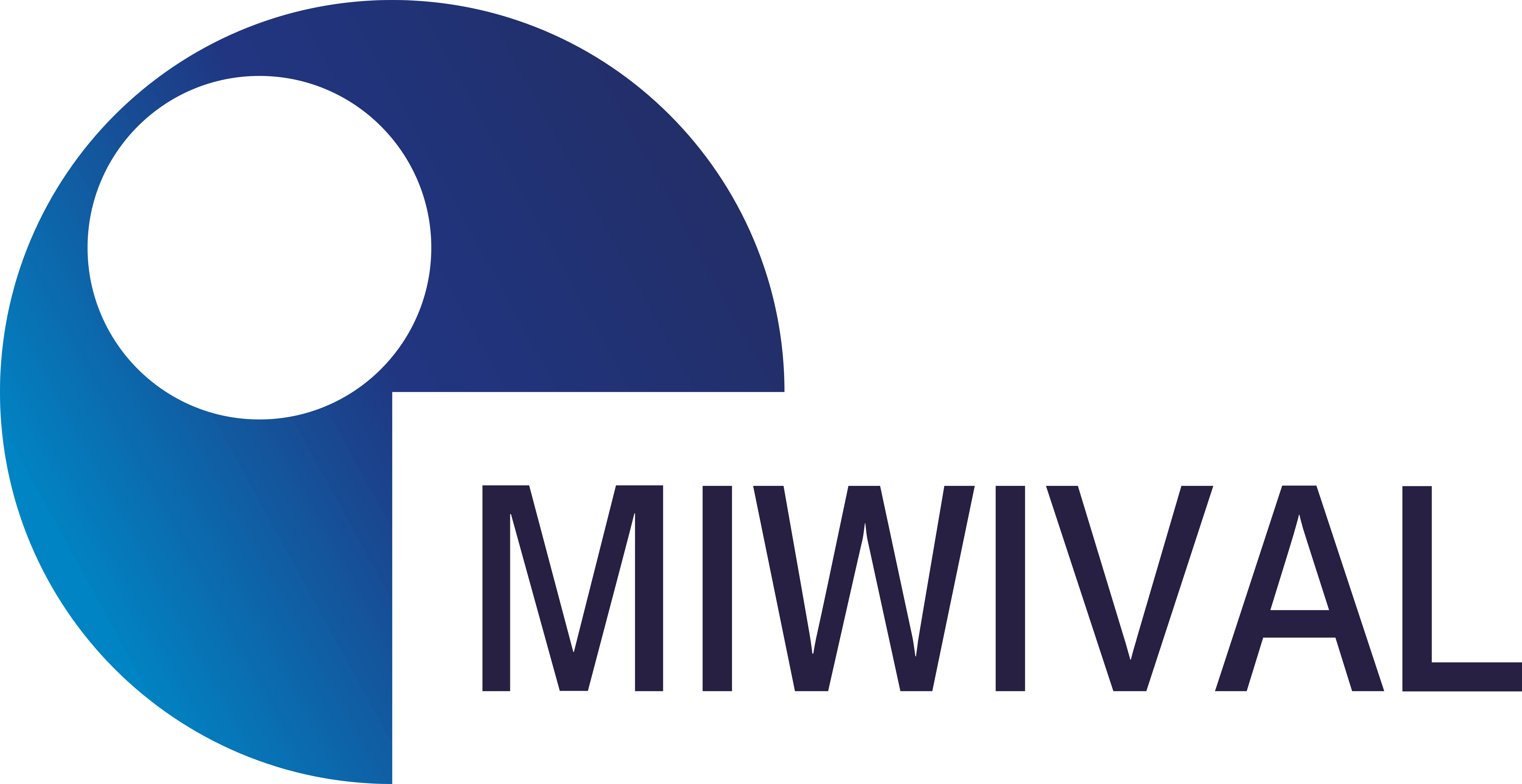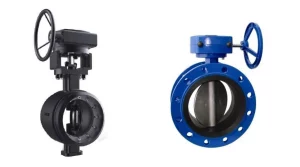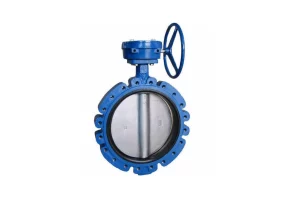Butterfly Valve Guide: Suitable Uses for Rubber Lined and Triple Offset
Understanding Butterfly Valves
Overview of Butterfly Valves
Butterfly valves serve as a flow control tool often utilized for managing flow in pipes across various industries due to their fast shut-off feature and compact structure design. The operation includes a rotating disk, around a central axis that regulates the flow based on its positioning.
Types of Butterfly Valves
There are types of butterfly valves classified by their design and how they work, with the focus here being mainly on the rubber-lined butterfly valve and the triple offset butterfly valve, each serving specific functions and providing distinct benefits depending on how they are built and operated.
Applications of Rubber-Lined Butterfly Valves
Industries Utilizing Rubber-Lined Butterfly Valves
Rubber-coated butterfly valves find use in industries that prioritize corrosion resistance and cost efficiency, such as water treatment plants and chemical processing facilities, as well as the food and beverage sector. The rubber lining ensures a seal to prevent fluid leakage and is particularly suitable for managing corrosive or abrasive fluids.
Advantages of Rubber-Lined Butterfly Valves
Rubber-lined butterfly valves offer a benefit in their capability to deliver tight sealing in both directions as emphasized in the information source. The resilient seated butterfly valves are constructed with a body and an embedded seat to enhance their pressure tolerance and suitability for high-speed operations. This specific design guarantees the separation of media within the pipeline from the valve components, like the stem or body, an improvement that boosts longevity and operational efficiency.
Applications of Triple Offset Butterfly Valves
Industries Benefiting from Triple Offset Butterfly Valves
Triple offset butterfly valves are ideal for challenging situations that demand top-notch sealing performance. Sectors like oil and gas exploration and production, energy production, water treatment and sewage management, chemical industry, pharmaceutical sector, and metal extraction and processing derive substantial advantages from this type of valves. Their sturdy construction enables them to function effectively in tough environments characterized by severe temperature variations and high pressures.
Advantages of Triple Offset Butterfly Valves
The offset design presents various benefits compared to other types of valves as discussed in the knowledge base statement that states “Triple Offset Butterfly Valves offer numerous advantages when compared to the valves commonly utilized in most upstream applications.” These advantages encompass operating torque thanks to quarter turn movement that enables the use of smaller actuators and cost savings as a result thereof. Moreover, they offer a zero leakage seal, with a metal seat that guarantees sealing integrity even after prolonged operation cycles. The rotation feature that doesn’t require rubbing ensures they are fire-safe by design, following tests conducted according to API 607 standards.
In essence, both rubber-lined and triple offset butterfly valves have functions in different industrial settings. Each type has features that meet specific requirements. Rubber-lined valves perform well in environments needing corrosion protection at a lower price point, whereas triple offset valves deliver top-notch performance in demanding conditions, with high levels of reliability and safety standards.
Selecting the Right Type for Your Needs
Factors to Consider When Choosing a Butterfly Valve
When choosing a butterfly valve for a use case and to achieve the best results possible, there are various aspects to take into account, such as the nature of the fluid being regulated, the operating conditions in terms of temperature and pressure, the level of sealing required, as well as cost considerations.
For example, if the task deals with chemicals or needs budget-friendly options, a butterfly valve with rubber lining could be a good choice because of its resistance to corrosion and affordability. On the other hand, if the task calls for top-notch sealing in tough situations, like high temperatures or pressures, a triple offset butterfly valve would be a better fit.
Comparing Rubber Lined and Triple Offset Options
Rubber-lined butterfly valves incorporate materials for effective sealing properties, boasting a unified body with a built-in seat to boost pressure resistance and enable use in high-speed scenarios, making them particularly suitable for sectors requiring secure bidirectional closure.
Triple offset butterfly valves have a design feature that sets them apart from others. They incorporate three distinct offsets in their construction process to enhance performance and reliability. The first offset ensures that the shaft axis is positioned behind the sealing point of the disc to optimize functionality. The second offset places the shaft about the valve centerline for improved efficiency. Lastly, the third offset creates a cone-shaped seating surface for closure and reduced friction during operation. Thanks to this configuration and design approach, triple offset butterfly valves offer bi-directional zero leakage closure with a metal seat even after undergoing extensive cycling. Furthermore, the non-rubbing rotation characteristic of these valves inherently makes them fire-safe, adding a layer of safety and reliability to their functionality.
Miwival Products and Applications
Overview of Miwival Valve Offerings
Miwival offers a diverse range of butterfly valves tailored to meet various industrial needs. Their product line includes both rubber-lined and triple-offset butterfly valves, each engineered to deliver reliable performance across different applications.
Miwival resilient seated rubber-lined butterfly valves are available in various elastomers such as BUNA-N and EPDM, ensuring compatibility with different fluid types.
Miwival offset butterfly valves are crafted for challenging environments that demand durability and efficiency in operation under tough conditions. These valves are small yet mighty. Deliver noticeable decreases in both weight and space usage while bringing about considerable cost benefits.
Miwival Products Application in Different Industries
Miwival Rubber-lined butterfly valves are widely utilized in industries such as water treatment and chemical processing for their effectiveness in managing corrosive fluids efficiently and effectively handling modulation applications with ease, due to their compatibility with the ISO 5211 top flange for automation purposes.
Miwival offset butterfly valves play important roles in various industries like oil & gas and pharmaceutical sectors where effective sealing is essential for safety and performance control purposes, in extreme temperature settings.
Miwival products are versatile for industrial uses due to their cutting-edge design elements and high-quality materials used in their construction. From providing a seal with rubber-lined choices to guaranteeing secure metal-to-metal sealing with triple offset designs, Miwival offers vavle solutions that meet the diverse needs of different industries.







